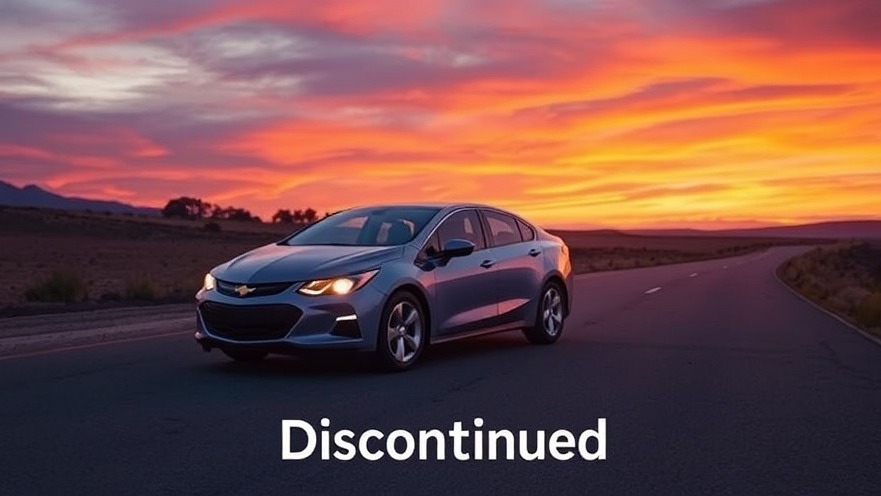
Why Did GM Discontinue the Chevy Volt?
The Chevy Volt, a unique hybrid vehicle that was once praised for its combined efficiency of gas and electric driving, has left many car enthusiasts perplexed over its discontinuation. While the Volt offered an impressive electric range of 53 miles before transitioning to gas, Chevy's decision to halt production has raised eyebrows. Many argue that GM miscalculated the growing demand for hybrid vehicles, as competing brands like Toyota continuously improved their hybrids, leading to significant market successes.
In 'America Will Never Be the Same Again,' the discussion dives into the Chevy Volt's discontinuation and GM's strategic missteps, prompting a deeper analysis of its impact on consumers and the hybrid market.
Understanding the Chevy Volt: A Hybrid Marvel
The Volt was celebrated for its innovative engineering, combining a gasoline engine with a hybrid battery that could be charged at home. This dual-powertrain setup allowed drivers to enjoy the best of both worlds—low emissions with electric power and the convenience of a gas engine when needed. As a result, the Volt was particularly appealing for those conscious of both environmental impact and fuel economy, boasting up to 162 miles per gallon equivalent.
GM's Shift Towards Full Electric: Is It Too Late?
Looking towards the future, GM's strategic pivot to full electric vehicles with the hope of reintegrating the Volt's successor as the Chevy Bolt signals a shift that may not resonate with consumers. Many fear that the all-electric approach ignores a crucial segment of drivers who still appreciate the flexibility that hybrids bring. In the interim, other companies have expanded their hybrid offerings, setting a precedent that GM's full-electric vision may find hard to surpass.
The Impact of Discontinuing the Volt on Consumers
The discontinuation of the Chevy Volt poses potential issues for consumers looking for reliable hybrid options. While some still enjoy their Volts after several years of ownership, the lack of new hybrids on the market might force buyers to reconsider other manufacturers. The Volt’s reliability in performance and safety, as experienced by long-term owners, showcases just how impactful this car had been. The story behind the Volt is a lesson on corporate decision-making and the importance of understanding consumer demand.
Consumer Insights: The Shift in Market Preferences
In the face of alternative fuel training, many consumers express a preference for hybrids—especially vehicles with proven longevity like the Volt. Owner testimonials reveal that many have had great experiences, with one owner noting a significant collision survival thanks to the car's robust design. As recalled vehicles from other manufacturers enter the conversation, the Volt remains an example of GM’s blunder in misreading the market’s pulse. Consumers want vehicles that provide them with assurances, whether electric, hybrid, or otherwise.
Should GM consider reviving the Volt as a hybrid, it could reclaim a loyal following. With the evident growth in the plug-in hybrid market, GM’s endless quest for an all-electric future is not quite in line with where consumer interest currently lies. Instead of abandoning trust in hybrid models, revitalizing the Volt could align GM with the shifting demands of drivers today.
As this evolves, consumers should continue to monitor available technologies. The automotive industry is ever-volatile, with innovation at every fork in the road. It's essential to remain aware of not just vehicle performance but manufacturer strategies affecting future purchases.
If you're interested in the future of electric vehicles or looking for hybrid options today, stay informed and continue to follow updates in the automotive market. Understanding manufacturer decisions will help you make better choices the next time you’re in the market for a new car.
 Add Row
Add Row  Add
Add 




Write A Comment